5 Secrets to Understand God Murugan's Lore
Ever felt lost in the complex tales of Hindu deities? You’re not alone. Understanding the layers behind God Murugan’s lore can be perplexing. But, what if you could unravel these mysteries easily? This post promises insights into the captivating world of God Murugan. Expect to discover five secrets that bring you closer to his divine stories.
God Murugan, also revered as Kartikeya, stands as a pivotal deity in Hindu mythology, primarily worshipped in South India, Sri Lanka, and wherever Tamil communities flourish. Recognized as the god of war and victory, Murugan’s narratives are rich with symbols and grand myths that impart profound moral, spiritual, and cultural insights. This blog post delves into five key aspects that uncover the profound depths of his lore and its significance in Hindu culture.
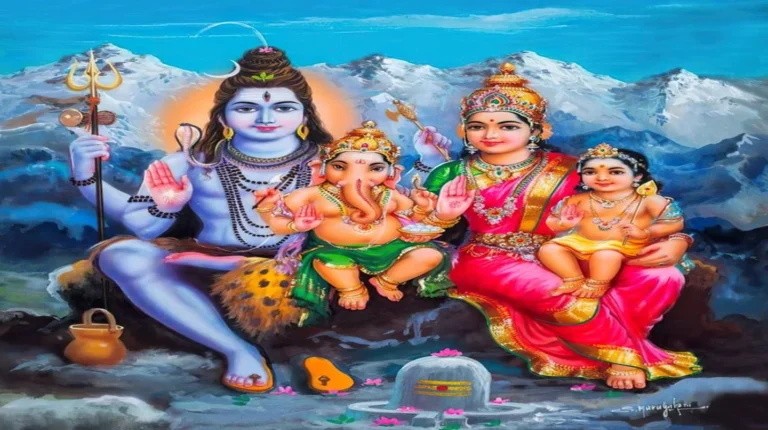
God Murugan: Origin
Birth story and its symbolism
Murugan’s birth story is no ordinary tale; it involves a fascinating interplay of celestial powers and purpose. Born from the divine spark of Lord Shiva and nurtured by the six Pleiades stars (Krittikas), Murugan was destined to become a fierce warrior to end the demon Surapadman’s tyranny. His story symbolizes the triumph of good over evil and the nurturing aspect of the feminine divine.
Connection to Lord Shiva and Goddess Parvati
Being the son of Shiva and Parvati, Murugan inherits attributes from both his powerful parents. From Shiva, he inherits profound wisdom and destructiveness against evil, while Parvati’s influence renders him a nurturer, symbolizing protection. This dual heritage plays a crucial role in understanding his personas of a warrior-god and a benevolent deity.
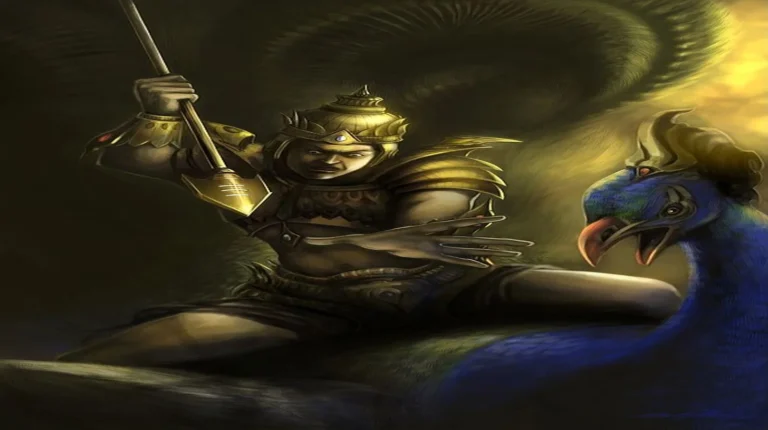
Symbolism of the Spear
Significance of Murugan’s weapon, the Vel
Murugan’s spear, the ‘Vel,’ is a prominent symbol in his lore. Crafted by the goddess Parvati using concentrated energy, the Vel is not merely a weapon but a symbol of enlightenment, piercing through ignorance just as easily as it destroys demons. It showcases Murugan’s role as a bringer of wisdom and an eradicator of evil.
Murugan’s Six Abodes
List of the six sacred temples
Murugan’s six abodes in Tamil Nadu are significant pilgrimage sites, each with its unique legend and spiritual aura:
Palani
Swamimalai
Thiruttani
Thiruchendur
Thiruparamkundram
Pazhamudircholai
Importance of pilgrimage in worship
For devotees, visiting these six temples is not just a religious tour but a journey towards spiritual enlightenment and self-realization. Each abode reflects a different phase of Murugan’s life and teachings, offering diverse experiences of divine interaction and worship.
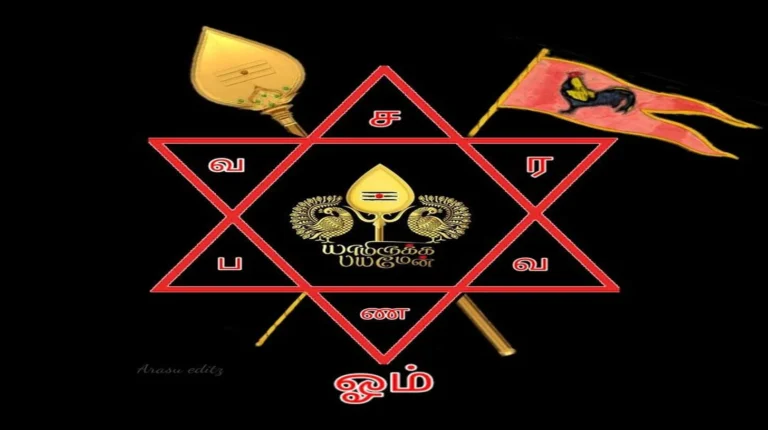
The Peacock and the Rooster
Meanings behind Murugan’s vahana (vehicle), the peacock
The peacock as Murugan’s vahana represents the deity’s all-encompassing grace, beauty, and the eternal battle against the serpent, which symbolizes overcoming ego and harmful ambitions. The vivid display of the peacock’s feathers signifies the victory of the divine over the base qualities of man.
Symbolism of the rooster on his flag
The rooster heralds a new beginning with the break of dawn and thus, on Murugan’s flag, it symbolizes hope and a new start. It further accentuates his attributes of vigilance and readiness, reflecting his role as a protector.
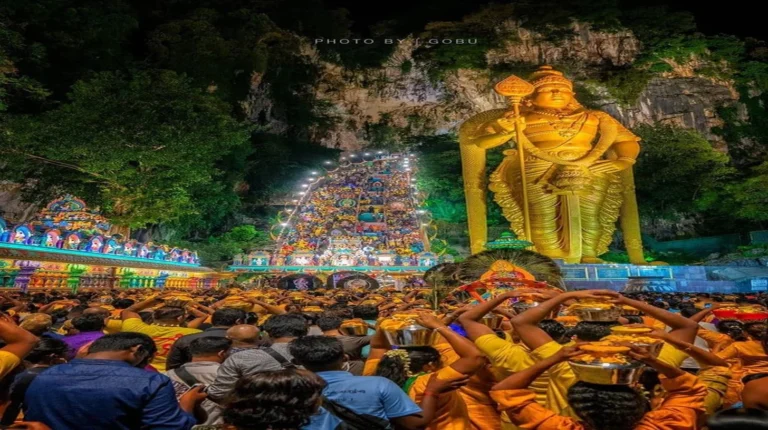
Festivals Celebrating god Murugan
Thaipusam and its rituals
One of the most significant festivals, Thaipusam, celebrates Murugan’s victory over the demon Soorapadman. Devotees often undergo rigorous rituals like Kavadi Attam, carrying offerings on physical burdens, which symbolize the carrying of one’s own burdens and the surrendering of ego to the divine will.
Other significant celebrations and what they signify
Other festivals like Skanda Sashti and Panguni Uthiram, highlight various aspects of Murugan’s character and deeds. They are times of devout worship as well as community gatherings, reinforcing the social and devout fabric of society.

Conclusion
Exploring these five secrets unveils not just the mythology surrounding God Murugan but also his profound impact on cultural values, devotional practices, and spiritual teachings in Hinduism. Each element, from his birth to his festivals, stitches a larger tapestry of devotion, warfare against immorality, and the pursuit of wisdom.
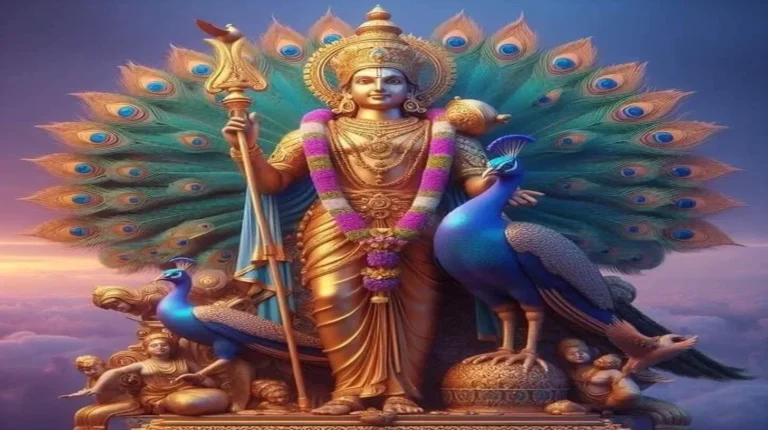
Invitation to explore these sites and festivals: For those enriched by this lore, visiting Murugan’s abodes or participating in his festivals could offer transformative experiences and deeper insight into the depth of Hindu mythology.
